Along with finding a mobility device for a child, a positioning system should also be part of their lifestyle management. No matter how good a therapist is, it is impossible for them to be around 24 hours to maintain the position of the user, therefore it makes sense to have a positioning system that can continue the role of the therapist when they are not there.
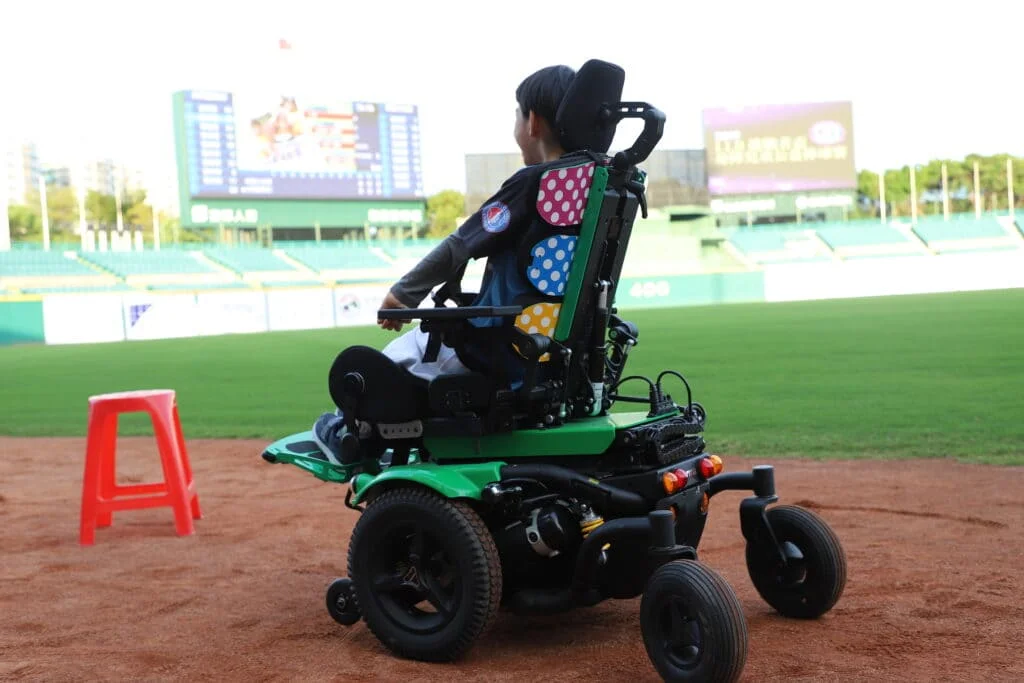
Unless a user has a 24-hour plan to maintain proper positioning, any work they do during the day may be lost at night.
Why is it necessary to set a 24-hour plan?
A user with complex disabilities cannot always reposition themselves or express their discomfort. They might sit for 6-8 hours a day and spend 8-12 hours laying in bed however their need for bodily support does not just disappear because they are lying down. In many cases, the user is unable to reposition themselves after changing posture due to muscle imbalance or abnormal muscle tone. This means that they have to lie in an asymmetrical posture all night. Over time, the person’s torso will be permanently deformed.
At this point, no matter how hard the therapist tries to position the user in the wheelchair, it is useless. If the user sleeps in a crooked position it will seriously affect the daytime sitting posture. To ensure that the patient’s body is not deformed, the therapist needs to intervene with the patient’s posture in a 24-hour period. Therefore, 24-hour positioning not only covers sleeping but should address the entire 24-hour period of everyday, of every week. It should take into consideration all aspects of the user’s life including social interactions, mobility, meals, and pressure management.
When should 24-hour positioning management start?
Intervention as early as possible is preferred however if that is not possible, 24-hour positioning can still be used to minimize deformities.
For this, we will use the Gross Movement Function Classification System (GMFCS) as a reference. If the child is in the IV or V classification then the sleeping position should start as soon as possible after birth. The sitting positioning should start at 6 months and the standing position should start at the age of 1.
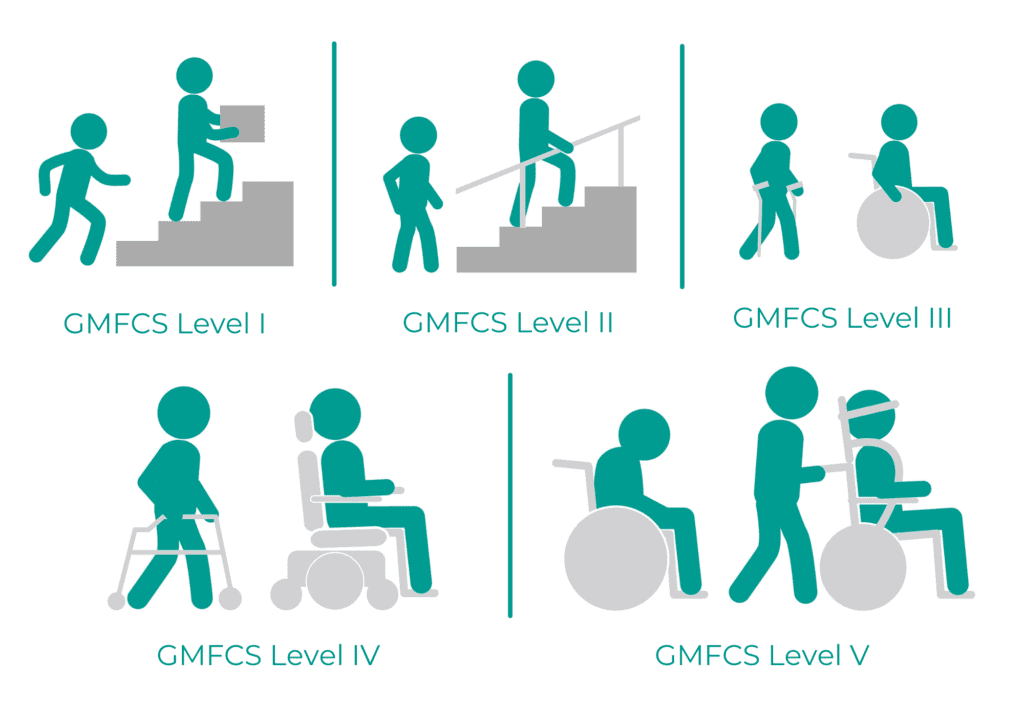
For the other classifications, they must be monitored and evaluated at regular intervals of the child’s life. Once the case is found to be asymmetry , the positioning should begin to intervene, especially when entering puberty. To avoid or slow down the occurrence of fixed deformation.
If it is possible to manage the users body posture before any deformities form, it can help prevent the occurrence of permanent deformity. We know that once the body starts to distort, it can cause follow up problems with the user’s internal organs and cause breathing and digestion issues.
Severe deformities can cause problems to a persons internal organs that can affect their breathing and digestion.
How to perform 24-hour positioning?
First, master the 3 principles of positioning: support, stability, and symmetry!
Clinically, the pelvis must be straightened first so that the upper body has a chance to maintain symmetry and the muscles on both sides can be balanced.
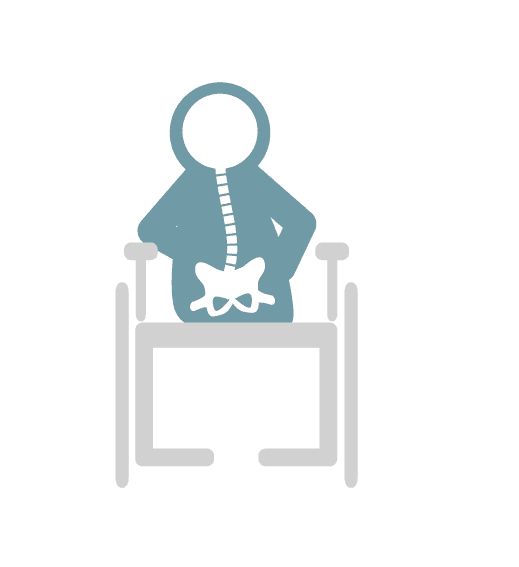
1. Stable sitting posture = level pelvis + symmetrical torso
The main principle used here is HoSoPoA (Head over, Shoulder over, Pelvis over, Axle). Lining up all of these elements will ensure that the spine is in the correct position. Try to sit the user in this posture so that the pelvis is not tilted back or forward, otherwise the user will not only get tired easily but also jeopardise their posture by doing some readjusting.
2. Stable sleeping position = level pelvis + symmetrical upper body
Master this principle to ensure that the position of the pelvis is level when on the bed and the body is symmetrical. The sleeping position needs to use lying-positioning aids such as Symmetrisleep.
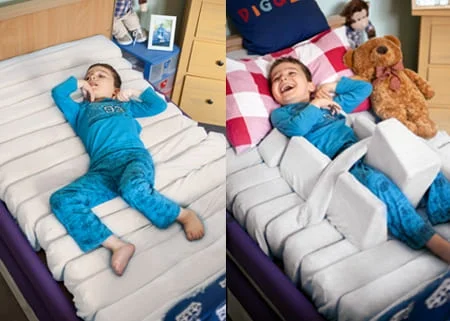
Maintaining a proper sleeping posture is a big part of 24-hour positioning.
3. Symmetrical standing posture = maintain hip abduction posture to improve hip joint stability
Children with a disability for example, cerebral palsy, often have knee joint contractures because they spend much less time standing and walking than children without cerebral palsy.
If you want to use stretching alone as a method to increase the mobility of the user’s joints, they need to spend 5-7 hours stretching the muscles every day. However this is not a practical solution. Instead, we recommend using a standing frame to help the user maintain the hip abduction posture while standing to increase the stability of the hip joints. Another method is to use a suitable gait training device to strengthen the quadriceps muscle. In addition to increasing the function of the individual, it also helps to ease the contracture of the knee joint.
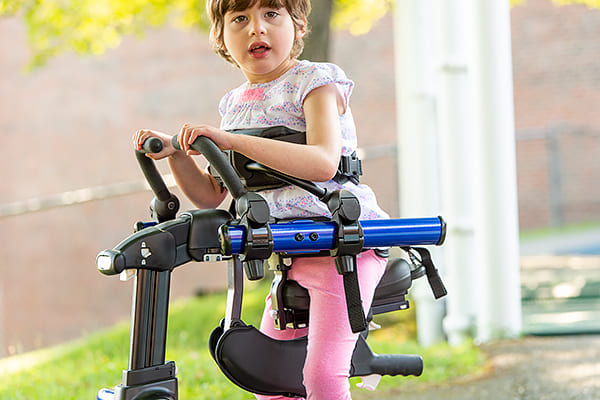
A standing frame can help the user maintain proper hip abduction to increase the stability of the hip joints.
The effect of 24-hour positioning
According to the report of The Montana Postural Care Project in the United States, after one year of implementation, there are:
- Improved sleep quality in 77% of cases
- 85% of the cases improved physical symmetry
- 57% of the cases reported that body pain was relieved.
We will share with you a case of actual 24-hour positioning, Tommy’s Story:
Summary
Most people usually need to keep reminding themselves to maintain the correct posture; not to mention children who can’t maintain their posture on their own. Therefore, they need to use external force to help them maintain their daily posture so that the body does not become deformed and cause other problems down the line. Their body joints and spine can also reduce the occurrence of spasms and help their organs not to be compressed as much as possible.
When the pain and physical fatigue are relieved, more energy can be retained, which can be used in daily life.

Pau-Lee Yunn-Yi
MS, PT, ATP
Karma Medical Clinical Consultant
Pau-Lee has 39 years of practice as a pediatric physiotherapist in the US and works as a clinical consultant to Karma Medical in Taiwan. Pau-Lee is also a RESNA certified Assistive Technology Professional in the USA and also has a masters degree from NYU in the advances program in developmental disability.
With her 19 years of clinical experience in seating and positioning she has also worked at the New Jersey Institute for Disabilities to offer seating and adaptive equipment service consultations.
In Taiwan she is the director of Tse-Huei Seating & Positioning Consultation.

 Global
Global